|
Now that the NCAA March Madness tournament will soon be upon us, it's the time of year for my favorite art critiquing activity! With my 3rd graders, I do an Art Madness tourny where, over a course of two days, students vote on their favorite artists and defend their decisions.
Here is a detailed write-up I did last year for the Art Class Curator that talks about how I run it in my classroom! For those of you looking to try it in your classroom, here is the link to my Google Drive that has the PowerPoints that I have used over the last four years for the event! The themes include Pop Artists, Street Artists, Contemporary Female Artists, and Contemporary Black Artists.
2 Comments
Some folks over at Education.com reached out to me with a lesson that they thought could be beneficial to my readers and I'm all about providing as much information as I can to ya'll! Here's a great project for Valentine's Day (sorry I'm a little late this year!)!!! Be sure to swing by Education.com to check out all their great resources! Cupcake paper crafts are cute and creative for Valentine's Day. Your child can create some unique cards with this cupcake paper craft using materials found around the kitchen! Instead of buying generic greeting cards, why not take out some of your old cupcake papers to help them craft some lovely personalized cards? They’re adorable and fun to make! Your child will strengthen their creativity and fine motor skills in the process. Make a cupcake paper craft card with your child this February. For more fun and engaging learning activities, go to Education.com!
What You Need:
Congratulations to Harmony's Artists of the Month, Vaughan and Harper! Harper's work was inspired by the illustrator, Jen Aranyi. Jen makes marker drawings of landscapes and then beautifully blends a variety of watercolors together to create the sky. Harper's work was chosen because of her great depiction of the mountains. The shadows and texture she gave to them make them feel particularly real. Her use of cool colors in the sky was also well done. Vaughan's painting was inspired by Lina Iris Viktor. Lina makes geometric paintings with a very limited color palette: blue, black, 24k gold, and sometimes white. Vaughan's work shows a complex composition made from simple lines and shapes. I was also blown away by Vaughan's brush control. Her area's of paint were masterfully done. Congratulations to Consolidated's Artist of the Month, Lila! Her work was inspired by the illustrator, Jen Aranyi. Lila's work shows awareness of spatial perspective and making things appear near and far from us. She also showed great control of her brush when blending watercolors together. Nice work, Lila! Finally getting around to writing this looooong overdue post about our beginning of the year school-wide collaborative project.
I always start off the school year with a school-wide collaborative project. I took the opportunity to talk about how we as a school are united and a team yet there is still variety amongst us. We talked about how unity and variety could be seen in each classroom and how this would happen with each quilt piece. Although 20+ students from each class used the same colors, no two quilt-squares turned out exactly the same. Then we took a look at Corinne Sovey's quilts. I was introduced to her work by Don Masse over at shinebritezamorano and he did an awesome collab project based on her work as well! When looking at her work, students noticed that she often limited herself to a particular color palette and often repeated the same shapes over and over. Corinne is also a graphic designer who creates all of her own patterns that are then printed on to fabric to be used in her quilts. I gave each class three different colored sheets of paper to choose from. The markers and crayons that they could use was also limited to those colors. After each class, I would remove one color and put in another color. This makes for a gradation across the finished work. This was by far our longest collaborative project at about 40 feet long! Congratulations to Harmony's December Artists of the Month, Rachel and Ella! Rachel was inspired by the abstract work of Reggie Laurent. She did a fantastic job incorporating both organic AND geometric shapes while also using her scissors and glue well. I was particularly impressed by the variety and thoughtfulness she showed when creating the patterns to go on top of her shapes. Nice work, Rachel! Ella's work was inspired by the work of Jeff Koons who makes large balloon animal sculptures. Ella showed a delicate touch when using her chalk to create a sense of form (3D) on her balloon dog. Chalk is a tricky medium to use and she showed great skill with it! Her use of highlights and shadows makes that dog seem like it's real! Great job, Ella! Congrats to Consolidated's Artist of the Month, Avery! Avery recently finished up learning about Hokusai who is most well-known for his print of The Great Wave (please excuse the glare from the glass on her photo). Her work demonstrates a great sense of movement in her wave. I love the way she added white to her wave to make it appear as if it was moving and frothing. I also can always expect Avery to come in and make art with enthusiasm and persistence! Nice work, Avery! Sooooo..... I wrote this up quite a while ago and realized that I never posted it. Better late than never I suppose!
I'm back from Seattle on a whirlwind of an adventure at the National Art Education Association's convention! These events are always amazing and NAEA really outdid themselves this year! The opportunity to see new cities, learn about new topics in art education, and re-connect with old friends as well as new ones is something that I look forward to every year. After touching down in Seattle with some of my Wisconsin art teachin' buddies, we spent the first day exploring Pike's Place. Pike's Place is a market with loads of different vendors who sell everything from art to fish to produce. This market is well-known for the fish, particularly because of the fun that the fish-sellers have while working. They are constantly throwing fish back and forth to each other! We also took a little walk down to the gum wall and added pieces of our own! Our 2nd day in Seattle was spent getting down to business. As the President-Elect of the Wisconsin Art Education Association, I took part in the Delegate's Assembly for NAEA. I spent the entire day working with other delegates from around the nation to edit and revise position statements. The position statements are stances that NAEA takes on a particular subject or issue. It was a loooong day of work! The next 3 days is when the convention took place. To start off the convention, we heard a keynote speech by Nick Cave! I recently heard Nick give a talk at UW- Whitewater so I was thrilled to hear him talk about his work again and in a bit more depth this time. My kindergarteners recently did a project based on Nick so it was cool to have that connection with him. Nick Cave creates these 'sculptures' called 'soundsuits.' These suits made from found objects make a pointed statement on race. Nick sees his soundsuits as a way to hide his identity as a black man, as well as a sort of armor. The theme of the convention this year was “Art + Design = STEAM.” With STEM being the latest craze in education, I am glad that NAEA dedicated this convention to saying “Hey! The Arts matter.” Where STEM focuses on Science, Technology, Engineering, and Math, STEAM adds Art into the equation. Many of the sessions I attended dealt with this idea of the incorporation of other subjects into Art. Golan Levin's keynote said it best when he said that we should be careful with STEAM. STEAM projects often result in cookie-cutter projects. Art shouldn't be used to bait students into being interested in the other subjects of STEAM, it needs to stand tall alongside Math, Science, Engineering, and Technology. On my last day in Seattle, we took some time check out the Chihuly Glass Garden. It was A.M.A.Z.I.N.G. While I have seen plenty of Dale Chihuly's artwork throughout my life, the gardens did such a great job of showing them. Rooms were typically dark with lights cast on the glassworks. The reflections of light and color around the rooms was incredible. It was also cool to see the incorporation of his glassworks into an actual garden, with his nature-inspired artworks growing right alongside some of the things that they were probably inspired from. 1st grade just finished learning about Dale Chihuly and I can't wait to show them all of the pictures! With another convention come and gone, it's time to start my loooong countdown to NAEA19 in Boston!
This month’s topic for the Art Ed Blogger’s Network is Student Engagement and Participation! I’ll admit that this was an article that I struggled a bit to write. When first presented with this topic, my immediate thought was that OBVIOUSLY my students were engaged and participating in class but after thinking about this, it’s much harder to put those thoughts into words! I ended up writing about a variety of different things that engage my students in class.
Artists of the Month This is something that I am sure many of you already do but it is new to my school as of this year. Each month, I select two artworks that are put in a frame and hung in our principal’s office. She makes a big deal out of it and announces it over the intercom to much excitement! I also make certificates that the students receive for their hard work and post a picture of them with their artwork to our social media page for parents and community members to see and appreciate! My principal also extends an invitation to the parents of the selected artists to come in and view the artwork hung in her office. It’s a great way to honor students as well as create support for my program in the community! You can see our previous Artists of the Month here! Students Calling on Students Something I just recently began doing over the last couple months is having students call on each other to answer questions and discuss artists. After a student tells the class something they learned about the artist/project from our previous class, that student gets to call on another student who has their hand raised. This caused class participation to DRASTICALLY go up! Rather than have the same few students always answering questions, I now have loads of students who are excited to contribute to conversations so they can call on another class member! Using Clay This one goes without saying but KIDS. LOVE. CLAY…. They will do anything to use it in class. I am not someone who particularly likes to use clay and I make that known to my students. If Mr. Calvert is going to get the clay out, they need to be art room rockstars! Students are almost always on their best behavior and super attentive when I am giving instructions. Dress Like an Artist Day Something that was new for my school was our Dress Like an Artist day that we had last week! For the last 26 days of school, we do an alphabet countdown with each day being a different celebration. We kicked off the celebration with Dress Like an Artist Day this year. I have no idea which of my staff members came up with that idea (surprisingly it wasn’t me) but it was hugely successful with loads of students dressing up! You've gotta check out the pictures! Mystery Art Chat Something I use to do with my friend, Tasha Newton, who works in Fall Creek, WI was something called Mystery Art Chat. I like to compare it to the board game “Guess Who.” Our two classes would Skype each other and we would have a long list of different art materials. Each class would take turns asking the other class questions about what their mystery art material was until they figured out the material. This game was great for teaching deductive thinking and working from broad questioning to specific questioning! This game could be modified so that you could try to figure out a mystery artist, where the other class is from, etc. The students also loved getting to meet a new class!  This post is a part of The Art Ed Blogger's Network: Monthly Tips and Inspiration from Art Teacher Blogs. On the first Tuesday each month, each of these art teacher blogs will post their best ideas on the same topic. This post is a part of The Art Ed Blogger's Network: Monthly Tips and Inspiration from Art Teacher Blogs. On the first Tuesday each month, each of these art teacher blogs will post their best ideas on the same topic.
Participating Art Teacher Blogs:
We all have those classroom speed racers who are done with a project in the blink of an eye. Coincidentally, these students also seem to be my busybodies and mischiefs. This past summer, I took some time to revamp what my early finishers can do when they are finished. If students aren’t sure what they can do when they are finished, I have a sign that lists all of their choice time options. I also have signs at each station that talk about the do’s and don’ts of each station.
Here is a video that I made last year that I showed to my students that discusses each station. It’s pretty dry to watch but you’re welcome to view it!
Free Draw
Typically with 1st, 2nd, and 3rd, I give them the choice to free draw. I have bins in my room that have scrap papers sorted by color. They are welcome to use these papers to draw or cut whatever they like out of them. I have the Art of Ed drawing prompts list posted next to the free draw paper to give students ideas to draw if they are stumped. I also have how-to-draw book to help them out. I do not allow students to glue during free draw time though. I found that any sense of how to use a glue bottle properly went out the window and I was quickly running out of glue. Sketchbooks I have always used ‘sketchbooks’ with my kinders and 1st graders. The one I use with kindergarten is moreso a bunch of coloring pages for them. I’m sure many of you have your own thoughts, good or bad, on coloring books but I find it good practice for the kids to practice their fine motor skills trying to color in the lines. I have large bins of crayons and students know to grab them and use them in their sketchbooks. I only allow the use of crayons for early finisher activities. 1st grade’s sketchbooks have a mixture of coloring pages as well as some pages that have drawing prompts. I also have sketchbooks for 2nd grade but we only work on those once in a while, not whenever students finish early. 2nd grade’s sketchbooks are all drawing prompts. The Art of Ed has a great list of drawing prompts that can be found here! Puzzle I was walking through the Dollar Tree (I’m super addicted to that place!) last summer and found a bunch of Norman Rockwell puzzles. I snagged about 6 of them for my classroom. Each puzzle is 500 pieces. Because the puzzles were only a $1, it’s clear that they were obviously cheaply made. Because of their low quality, the pieces don’t interlock very well and oftentimes come apart if bumped. Secretly, this has become my little addiction in my classroom. If I have a down minute or two, I’ll work away at the puzzle. I have a taped off square that I require the puzzle to stay in so pieces don’t end up scattered across my counter. I also only allow 3 students to work on the puzzle at a time.
Weaving Wall
A few years ago I received a grant for using fibers in my classroom. I purchased a bunch of snow-fencing and fabric with the grant for a weaving project. Since then, my custodian has built me a PVC frame with a wooden base. I stretch the pieces of fencing on the PVC frame and then students are allowed to weave pieces of fabric into the fencing. My fabric strips are cool colored in hopes that I could subliminally mellow students out. Shhhh, don’t tell the students. I allow 5 students to work at the weaving wall at once.
Do a Job for Mr. Calvert
Some students like to do jobs for me when I am finished. Some days I have jobs for them, other days I don't. This can include sorting through my paper bins and throwing away pieces too small to use, wiping down tables and counters, picking up/setting out art supplies, or peeling crayons (they love to peel crayons). Read a Book I have a large bookshelf with tons of books that students are welcome to read. Many of the books have been donated to me from our school library when they pull old books out of circulation.
I have already begun to think about more activities that students can do for next year. Here are a few more that will be added this coming school year.
Legos Our PTO was gracious enough to give each teacher a sum of money to spend on Scholastics stuff. I chose to purchase a couple large bins full of legos. I will probably allow 3 or 4 students to work with each bin of legos next year. I also need to figure out where I am going to have students work with these so that they don’t end up scattered all over my classroom. Bendaroos A couple teachers have given me their old Bendaroos to use. Bendaroos are strings that have some kind of waxy/greasy coating over them. You can stick them to things such as walls or doors. I thought students could use these to draw on empty parts of my walls. Origami I recently acquired a small storage bin that can fit 6x6 sheets of paper in it. I am going to cut down some different colored printer papers, as well as print off different origami instructions so that students may work on origami when they are finished. 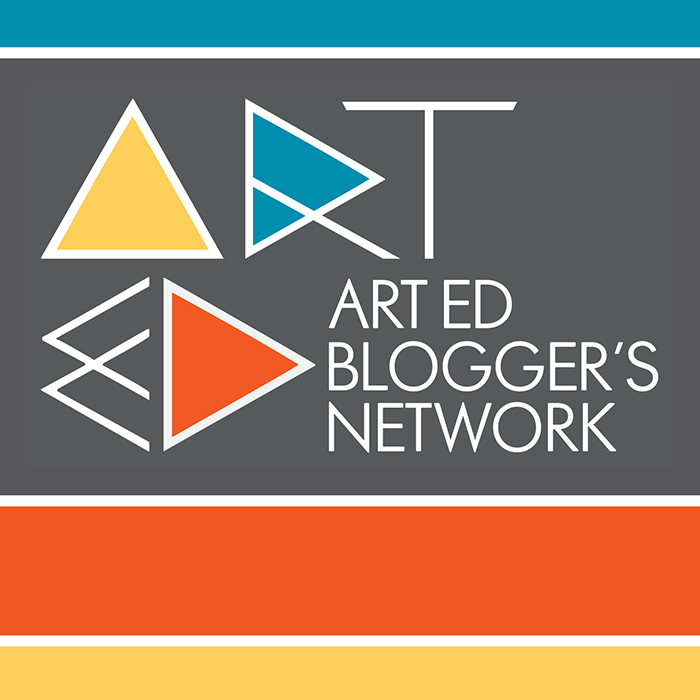
Participating Art Teacher Blogs:
STEAM / Art Integration
I wanna start off by saying that I am in no way an expert in this style of teaching. I believe that teaching art naturally lends itself to a lot of interdisciplinary learning in all sorts of different content. However, I’m gonna discuss a few projects that I do with my students that tie into what they are learning in their classroom. I believe that these are more of an Arts Integration style of teaching than they are STEAM, but my understanding of the differences between these two are a little fuzzy!
Minerals
Our 3rd graders have a unit on minerals where they learn about them, grow them, and even go on a field trip to a cave where they learn about some of the local minerals. In the art room, I tied in learning about Karina Eibatova who is a Russian-born artist who makes beautiful watercolors of minerals. We study the different shapes of raw minerals/gems compared to cut stones. Throughout the project, students draw out a mineral, then they practice mixing tints and shades to fill it in over the next couple classes. Here is a write up of the first time I did the project. The 2nd time I did it, (I forgot to do a write up) I changed it up a bit based on a project I saw on mizzzlee_art on Instagram. You can see our Artsonia gallery of those at: https://www.artsonia.com/teachers/members/projects/artwork.asp?id=1362692
Bugs and Symmetry
I teach this project to 3rd grade, however, it covers some topics that they learn in both 2nd AND 3rd grade. In 2nd grade, they have a big unit on bugs and learn about their different body parts. In 3rd grade, they discuss symmetry in math. I combined these two ideas into a bug symmetry project! For this project, we take a look at a British photographer named Levon Biss. Levon is a commercial photographer who typically takes pictures of athletes for advertisements. He started a side-project and began taking pictures of bugs in his free-time. I love the bugs because of the incredible amounts of detail and his excellent lighting of the subjects. Levon takes around 8,000-10,000 pictures of a single bug, focusing in on tiny sections of the bug while changing the lighting over and over to get rid of shadows. He then takes all these photos of bug parts and jigsaws them together using computer software. Lastly, he prints these out on HUGE posters! 3rd grade loved looking at these itty bitty creatures and their symmetrical bodies! In art, we talk about how the bugs have symmetry. This project usually builds off of previous symmetry projects and puts their skills to the test. Throughout their bug collages, we make sure that whatever we do to one side of the bug, we also do to the other. Here is a write-up to our Levon Biss project from earlier this year.
Damien Hirst Butterflies
This is similar to the Levon Biss project I just discussed. In 2nd grade, students learn all about butterflies and actually raise a butterfly through its stages of metamorphosis. To tie-in what they are learning about in Science, we study Damien Hirst who has a lot of work using butterflies. Damien has a wide variety of art but we focused on his spin paintings. Hirst has a table that spins in a circular motion. He puts paint onto the table and as it spins, it moves the paint around. Sometimes he takes the spin paintings and then cuts them into new shapes like a butterfly. For this project, students make spin paintings using the primary colors. As the primary colors spin and mix, they make the secondaries which is a nice refresher for them. The next class they use black paint and paint half of a butterfly on their spin painting before folding it in half. This prints a symmetrical butterfly onto the other side of the spin paintings. You can read about this awesome project here!
**** BONUS PROJECT!!!
Cai Guo-Qiang and Force So this is a project that I have NOT done yet but I thought I would let you all in on a little project that I’ve been incubating through these cold Wisconsin months! Cai Guo-Qiang is a Chinese artist who uses gunpowder to create drawings that are burnt onto his canvases. Videos of his work are quite the sight to behold! In 3rd grade, students talk about forces and pressures and how things can be pushed and pulled. I thought it would be cool to put small pieces of Alka Seltzer into film canisters with a couple drops of a primary colored liquid watercolor. The water creates a reaction with the Alka Seltzer and begins to build pressure inside the film canister. When the pressure grows to be too much, the cap explodes off with color shooting onto the paper. This would be such a cool and fun way to do some color mixing by exploding the primary colors on top of each other! Here is a youtube video demonstrating the process: https://www.youtube.com/watch?v=4WK8X6KMq6k As I said before, this is a work in progress though. I still need to find out how to go about doing this without exploding paint all over the students! I’ll be sure to let ya’ll know when I find the solution! 
This month, The Art Ed Blogger's Network is writing about STEAM/Art Integration. Join us on the first Tuesday each month for new projects, ideas, and inspiration. Participating Art Teacher Blogs:
|
Devon CalvertHarmony and Consolidated Elementary Art Teacher in Milton, WI. UW-Eau Claire graduate. WAEA President. Apple Teacher. Archives
March 2019
Categories
All
|











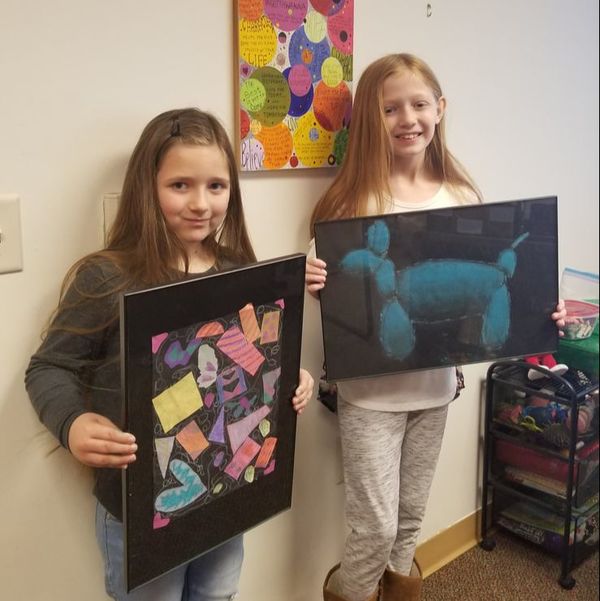






























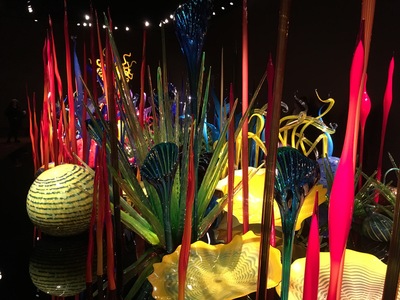




















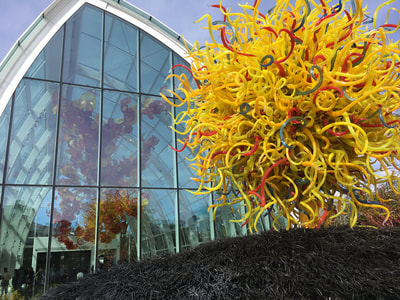




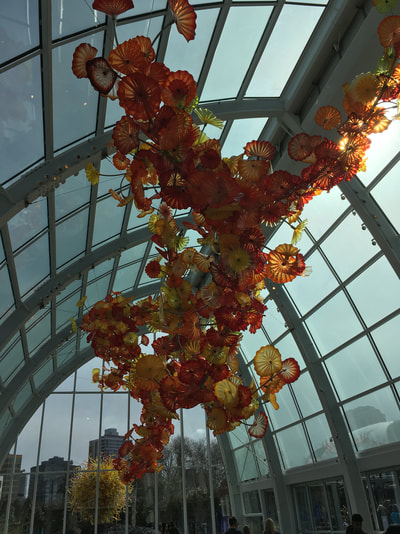
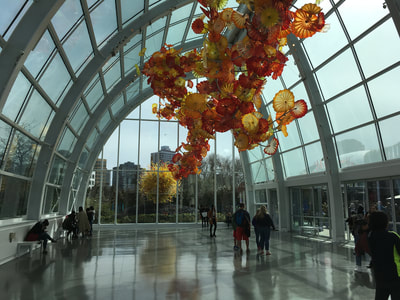


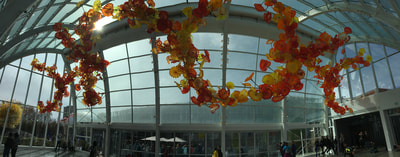








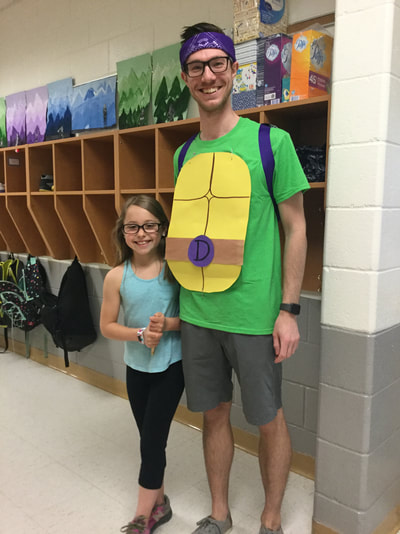



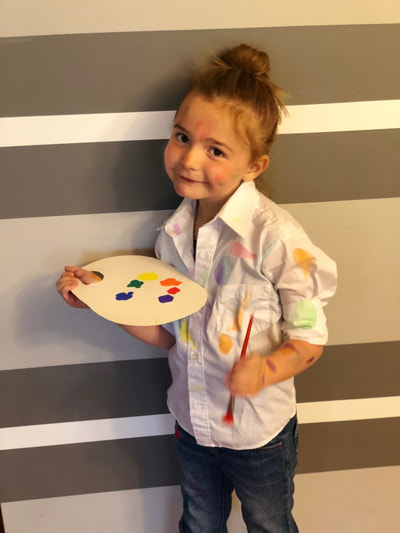

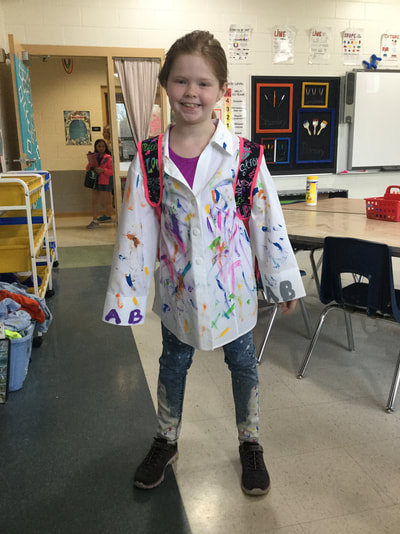







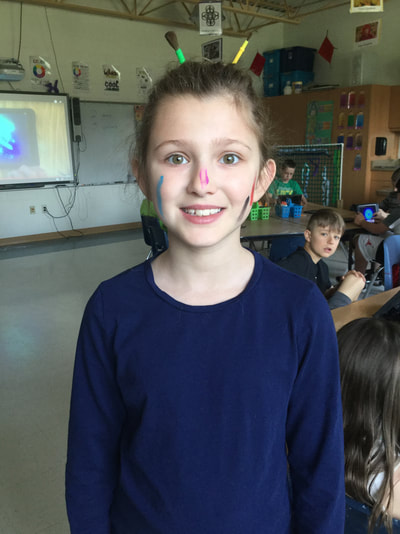
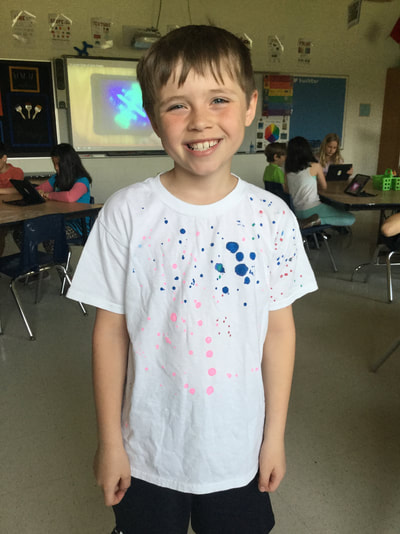













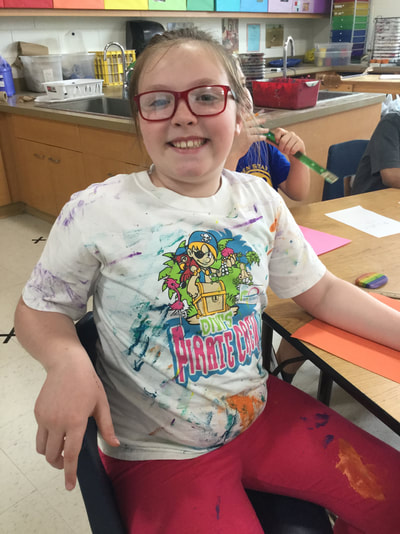





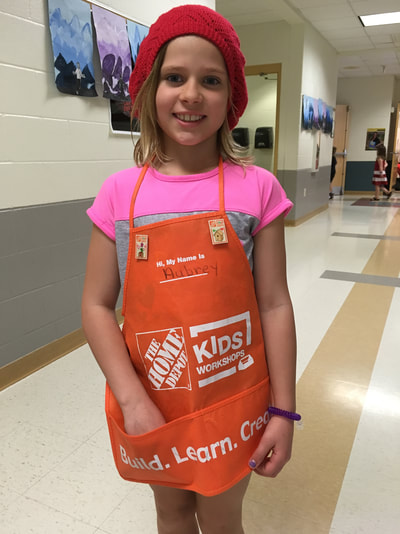










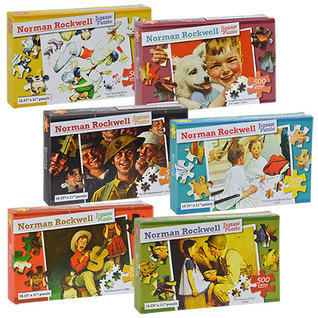
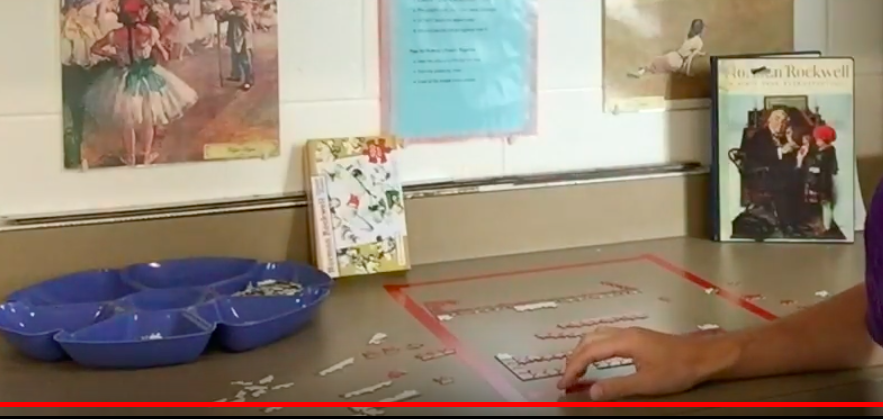


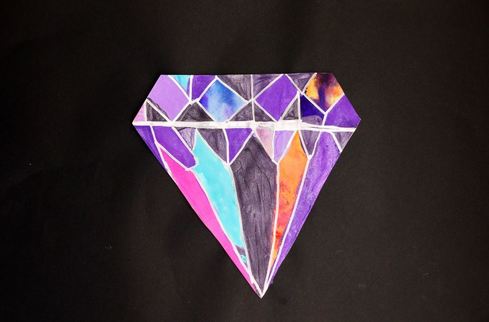











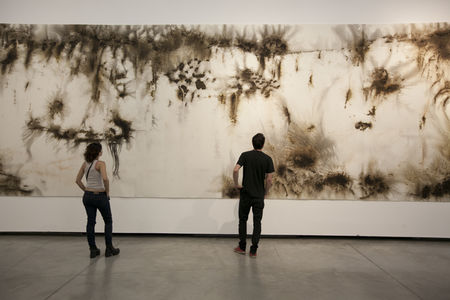


 RSS Feed
RSS Feed
